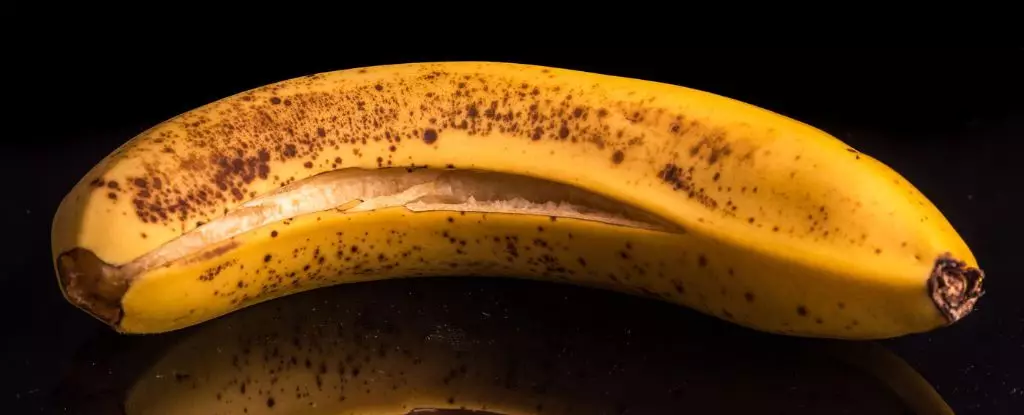In contemporary cooking and health discussions, ingredients that were once considered waste often find their ways into the spotlight. Among these, the humble banana peel stands out, not just as a byproduct of the fruit we enjoy but as a nutrition powerhouse that deserves our attention. Often discarded without a second thought, banana peels possess an intriguing blend of potential benefits that can enhance both our culinary practices and health. Research emerging from a 2022 study emphasizes this point, revealing that banana peels can be transformed into a versatile flour that can rival traditional wheat flour in baked goods.
The idea of using banana peels in the kitchen may seem odd to many, yet the nutritional advantages are significant. Rich in fiber, potassium, magnesium, and antioxidants, this often-overlooked part of the fruit is not just an afterthought; it’s a robust component that can elevate our meals. While gastronomes like Nigel Lawson have long pushed boundaries in their kitchens, the mainstream cooking community has only recently begun to embrace ingredients that promote sustainability—and banana peels are at the forefront of this movement.
The Culinary Revolution: From Waste to Wonder
Imagine baking sugar cookies enriched with banana peel flour that are not only delightful in taste but also packed with micronutrients. In the study in question, tasters were pleasantly surprised by cookies containing banana peel flour, reporting that they enjoyed them just as much as conventional versions. However, the incorporation of banana peels is not without caution; researchers noted that excessive amounts could lend cookies a less-than-appealing texture. Batches combined with 7.5% banana peel flour achieved an ideal balance of flavor and texture—a testament to the importance of balance in culinary experimentation.
The appeal of banana peel flour goes beyond cookies. While initial studies focused on baked goods, one cannot dismiss the potential for its application in bread, pasta, and more. For instance, a case study on banana peel cakes showcased the remarkable color and nutritional enhancement the peel brings to the dish. Incorporating natural food colorants such as banana peels can resonate well with today’s health-conscious consumer, eager to trade artificial additives for more wholesome alternatives.
Reducing Waste, One Peel at a Time
Food waste is an alarming issue that plagues society. Approximately 40% of a banana’s weight comes from its peel, which is usually discarded without a thought. By reimagining banana peels as a viable ingredient, we combat waste and maximize the use of resources. The antimicrobial properties of banana peels can potentially extend the shelf life of baked goods, offering an innovative solution to a pervasive problem.
As society increasingly seeks eco-friendly options, the culinary world will undoubtedly expand its horizons beyond conventional ingredients. Initiatives to work with neglected components—like mango skins, apple cores, and potato peels—are gaining traction as food enthusiasts challenge the status quo. The banana peel’s nutrient-rich profile and the myriad of ways it can be prepared—whether in savory dishes like curries or playful adaptations such as banana peel bacon—emphasize its multifaceted nature.
A Call for Adventure in the Kitchen
The willingness to see banana peels in a new light can enrich not only personal nutrition but also our community’s culinary culture. As we embrace this lesser-known ingredient, we invite creativity into our cooking. Why not delve into recipes that utilize banana peel flour or inspire friends to try innovative dishes showcasing the peel’s versatility? This approach not only prompts nutritional benefits but allows us to enjoy flavors that may well surprise even the most skeptical diners.
In a world increasingly influenced by sustainability and innovation, the banana peel exemplifies how an often-cast-off item can become a culinary star. It’s time we start thinking outside the peel. Stop tossing it aside and elevate your meals with this underrated treasure; your taste buds—and your body—might just thank you for it.

